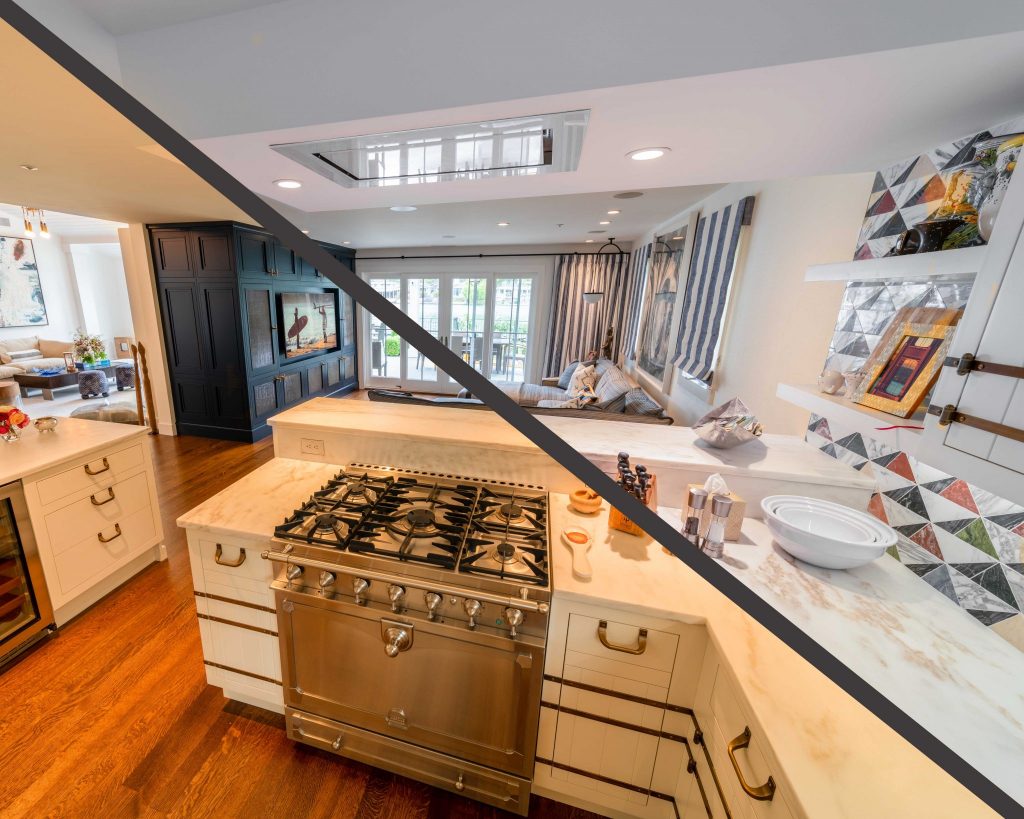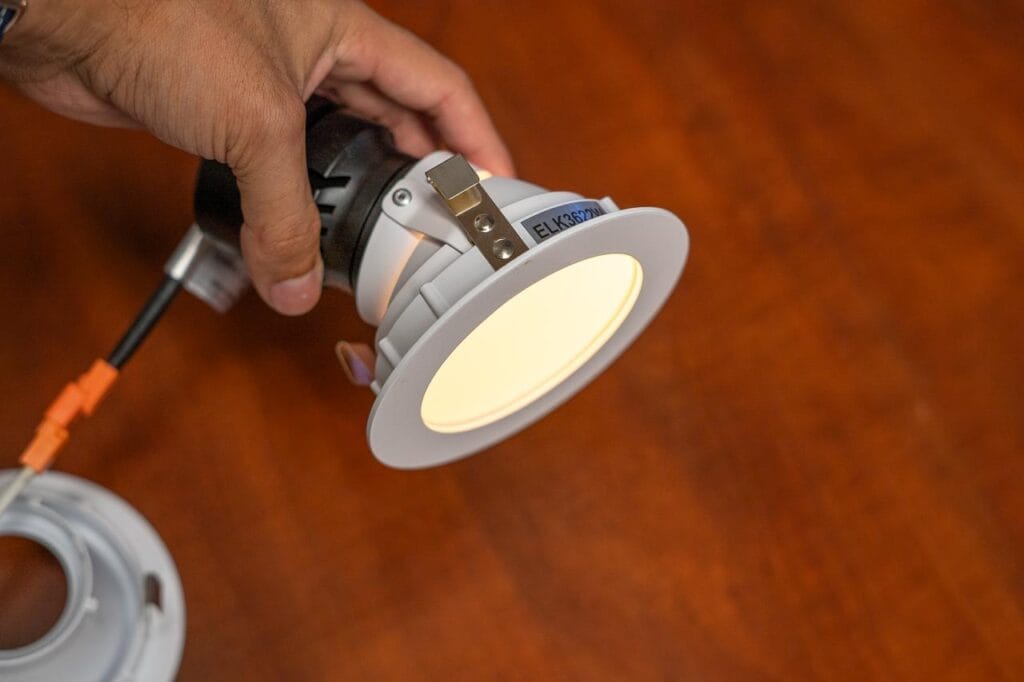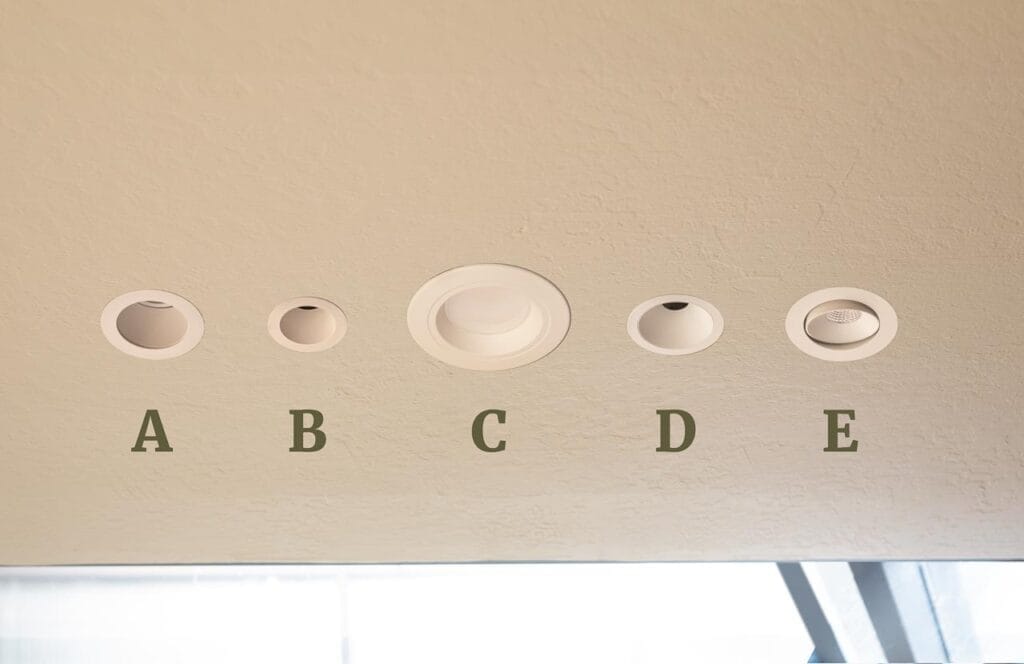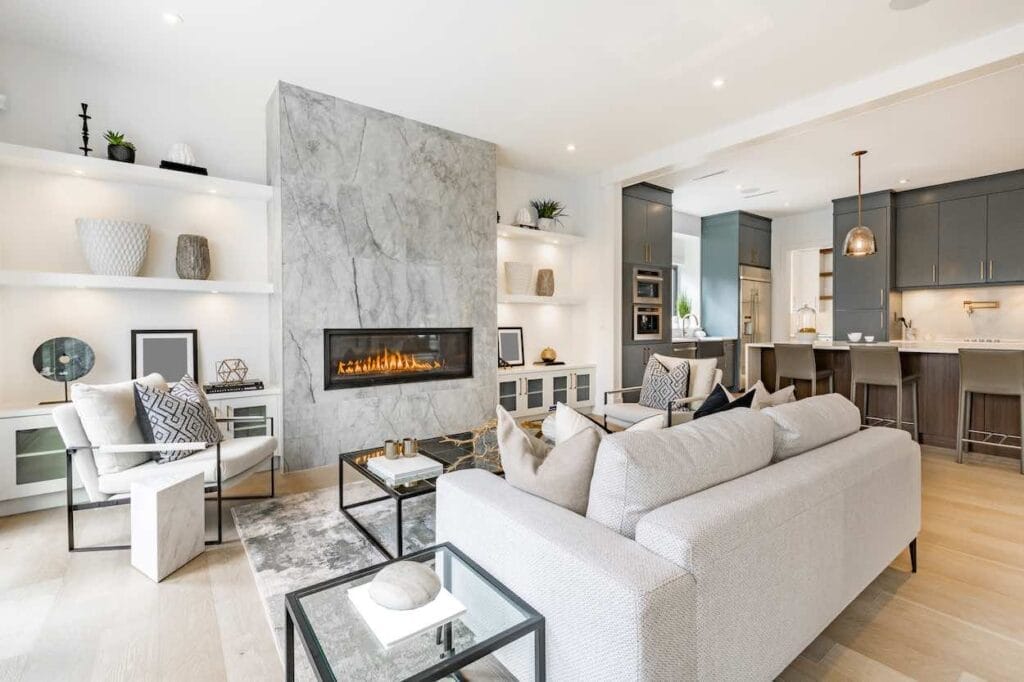Recessed lighting is the foundation of your home lighting. It provides the overall ambient lighting to nearly every room in your home, from the kitchen to the bathrooms, bedrooms and family room. Your recessed lighting will dictate the ambiance and functionality of your space! There are hundreds of recessed lighting options that range from $30 to over $1,000.
Narrowing down what lights are best for your home can be difficult. What qualities should you look out for when picking a recessed light fixture? Surprisingly, there are tons of light fixture qualities. Some examples include trims, beam spread, CRI, beam angle, warm dim compatibility and light dispersion pattern. You may be new to a lot of these terms but don’t worry: In this article, we’ll break down these concepts, making it easy for you to understand the intricacies of each architectural lighting fixture.
At Lighting By Design, we’re here to simplify the process by tailoring a custom lighting plan based on how you live in your space. We’ll recommend options for each architectural lighting fixture, highlighting the differences in features, performance and price. Then you’ll be armed to pick the fixtures that best fit your budget and performance needs.
However, if you want to learn more about the differences and specs of architectural fixtures, you’re in the right place. We’ll break down the key qualities we look for in recessed home lighting so you can make a more informed decision on your home lighting choice. So without further ado, let’s get started.
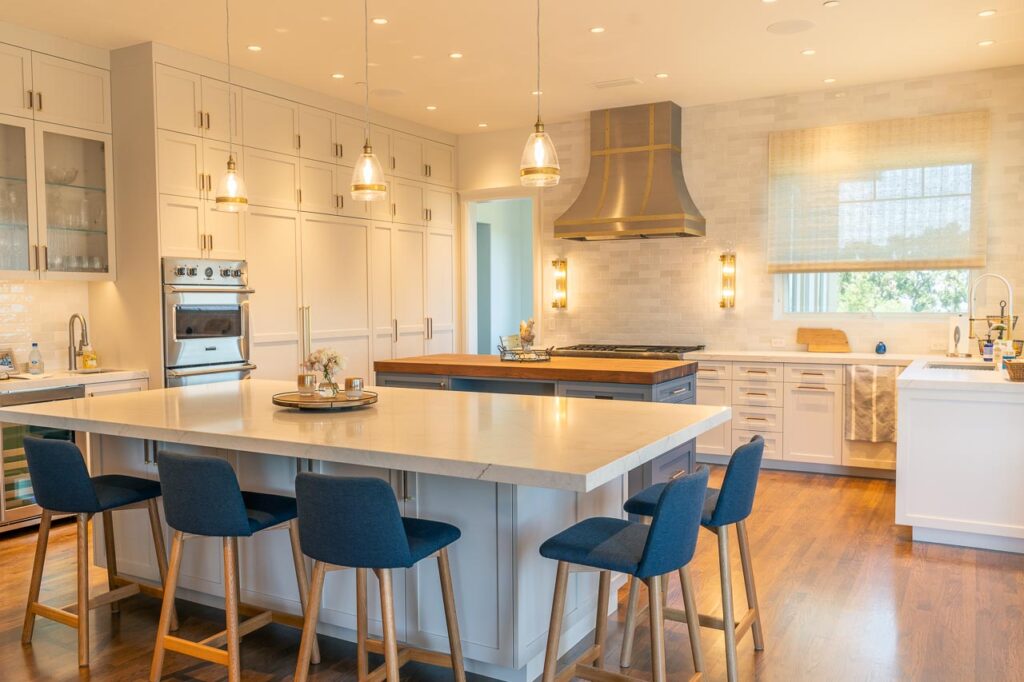
Color Temperature and Warm Dim
When looking at light fixtures, you’ll notice they commonly mention their color temperature or a range of temperatures. In lighting, color temperature refers to the perceived warmth or coolness of the light. The temperature is measured in Kelvin. For home lighting, the Kelvin temperature will be somewhere between 1800K and 6000K. 5000K is considered “pure white,” with higher numbers being more blue and lower numbers being more warm/orange. Most areas in the home are generally lit between 2700k and 3500k.
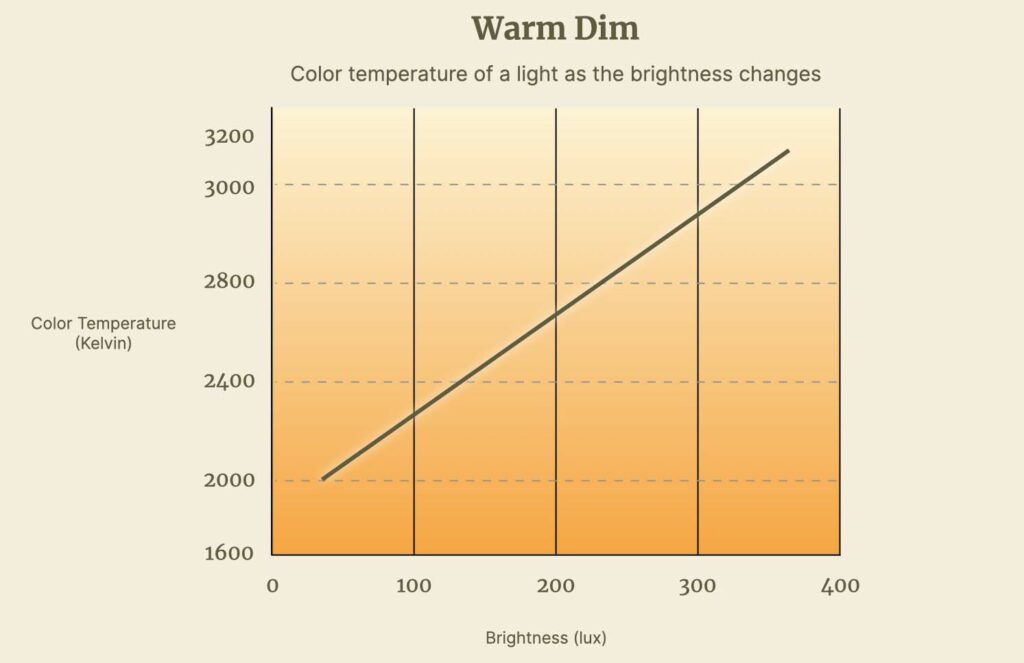
On the other hand, warm dim is when the bulb’s color temperature decreases (gets warmer) as the light dims. This is to mimic a traditional halogen bulb but has a number of positive effects on your health and your home comfort. Most warm dim lights start at 2700K-3000K and dim down to 1850K-2000K. Warm dim bulbs are especially useful in areas where you spend time unwinding from the day, such as the family room and bedrooms.
Picking A Beam Angle and Spread For Your Home Lighting
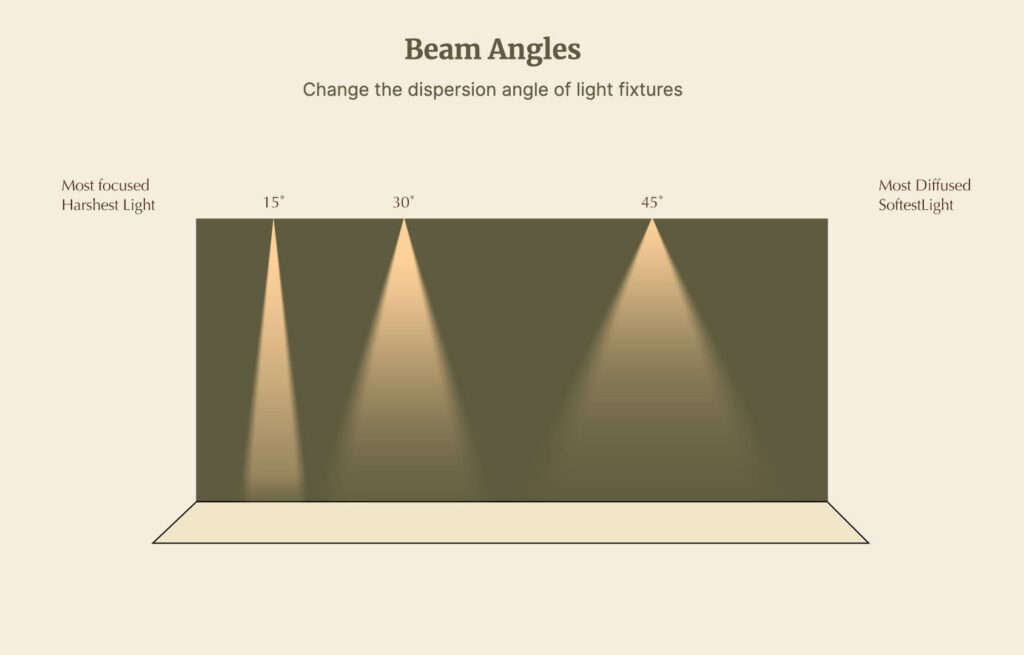
The beam angle and spread determine how far light extends from the fixture source. Wider beam angles provide a softer light and are generally more welcoming. They are great for providing lighting throughout a room.
On the other hand, a narrow beam angle concentrates the light. These light concentrations are great for drawing attention to details. This can include artwork, plants or other specific objects in a space. A good rule of thumb (for standard-height ceilings) is to use 60-degree beam spread fixtures.
Balancing Coverage and Glare
One piece to keep in mind is that the wrong beam angle can introduce unwanted glare. Hypothetically, you could use a single fixture to light every room. However, the beam angle would be so wide, that you could see the light source from most parts of the room. It would be like having a sun in the room! A comfortable home should be free of the stress caused by glare, allowing you to fully relax and unwind. That’s why using a narrower beam angle and having multiple fixtures is more favorable than a single wide-beam fixture.
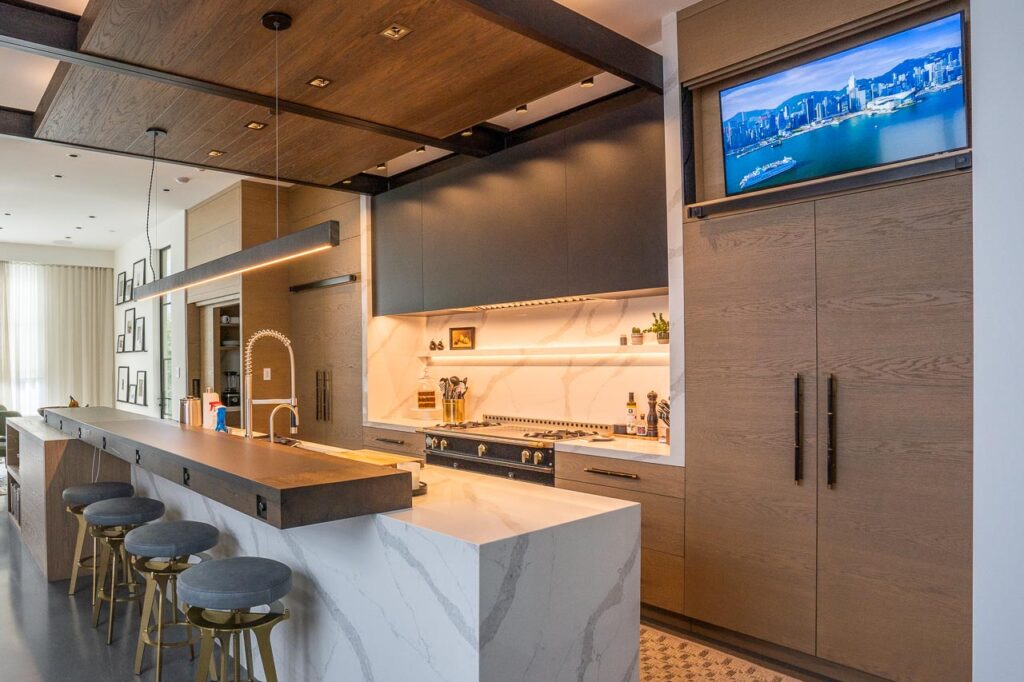
Home Lighting Fixture Trim Options
How do you envision your ceiling? Would you prefer lighting fixtures that sit flush with the ceiling or ones that protrude? Do you want a trim bezel or a bezel-less ‘mud-in’ design? These choices in architectural trim may seem primarily aesthetic, but they hold significant weight in shaping the look and feel of your space.
Ideally, all the lighting fixtures in your should be fully recessed into the ceiling. When a budget fixture has to be aimed in a way that causes the trim to protrude from the ceiling, you will be left with unsightly glare, making your space less visually comfortable. We like to say, “See the light, not the fixture,” meaning you see the light in your home but not the light source of the fixture. Recessed fixtures help your light sources remain invisible.
There isn’t a right or wrong choice for bezels; there’s just a preference. Mud-in with no bezel is traditionally more expensive but gives your ceiling a completely flat look. A black or paint-matched square bezel could be a good choice in more textured ceilings, such as those made of wood.

If you have a detailed ceiling such as a wooden one, perhaps square lighting trim could be the right choice for you. It’s best to consult with a lighting designer or interior designer to determine what trim would best fit your space and overall aesthetic.
Aiming and Focusing Light Fixtures
Aiming and focusing your light fixtures help make sure narrow beam light fixtures are in the right spot. Task lighting is precisely positioned to ensure your work areas are properly lit. More notably, lights have to be properly aimed to evenly wash walls or to adequately illuminate artwork.
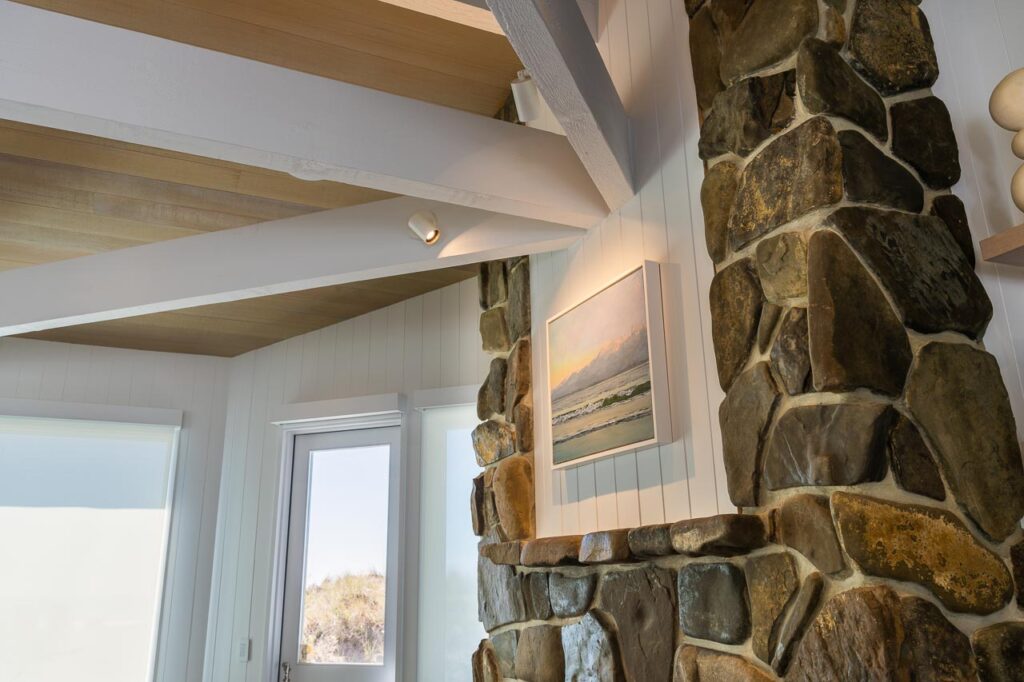
How Bright Should My Home Lights Be?
The brightness of a bulb is measured in lux or lumens. The higher the number, the brighter the fixture. While color temperature is an easy way to determine what color the light will be, the brightness of a fixture can’t quickly determine how bright it will make your home. For example, a fixture producing 500 lumens will be brighter with a narrow beam angle than a wide one. Because that light output is so heavily concentrated, it will appear brighter.
The height of your ceiling also comes into play. The higher your ceiling, the larger area the light will be spread over and the light emitted will seem dimmer. Imagine using your phone’s flashlight and aiming it at a wall. The closer you get to the wall, the brighter the light will get. When setting up an optimal lighting plan, please consult a professional such as your architect, designer or a lighting designer like us.
What Lights Will You Choose?
Don’t hesitate to tap into the expertise of lighting design professionals to discover the perfect light fixtures for your space. Lighting By Design’s team of experts will guide you through your lighting transformation. Contact us today at 415-883-7700, and let our experienced team help you create the ideal lighting ambiance that beautifully complements your space.

